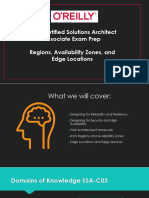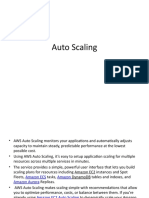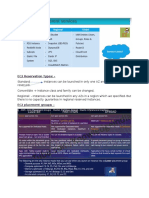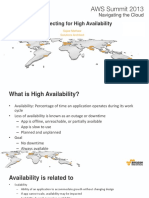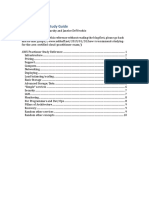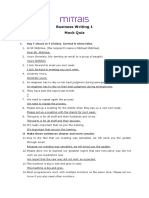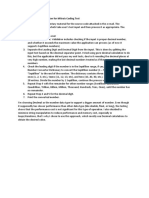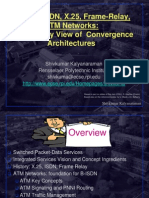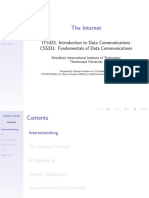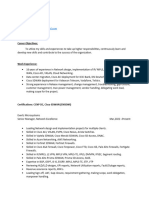0% found this document useful (0 votes)
20 views18 pagesImplementing High Availability With Aws
The document outlines strategies for implementing high availability using AWS, detailing AWS Regions, Availability Zones, Auto-Scaling Groups, Load Balancers, and Disaster Recovery strategies. It explains the importance of deploying resources across multiple Availability Zones and Regions for redundancy and high availability, as well as the various auto-scaling options and load balancing techniques available. Additionally, it discusses four disaster recovery strategies based on cost, Recovery Time Objective (RTO), and Recovery Point Objective (RPO).
Uploaded by
Habib MalikCopyright
© © All Rights Reserved
We take content rights seriously. If you suspect this is your content, claim it here.
Available Formats
Download as PPTX, PDF, TXT or read online on Scribd
0% found this document useful (0 votes)
20 views18 pagesImplementing High Availability With Aws
The document outlines strategies for implementing high availability using AWS, detailing AWS Regions, Availability Zones, Auto-Scaling Groups, Load Balancers, and Disaster Recovery strategies. It explains the importance of deploying resources across multiple Availability Zones and Regions for redundancy and high availability, as well as the various auto-scaling options and load balancing techniques available. Additionally, it discusses four disaster recovery strategies based on cost, Recovery Time Objective (RTO), and Recovery Point Objective (RPO).
Uploaded by
Habib MalikCopyright
© © All Rights Reserved
We take content rights seriously. If you suspect this is your content, claim it here.
Available Formats
Download as PPTX, PDF, TXT or read online on Scribd
/ 18


